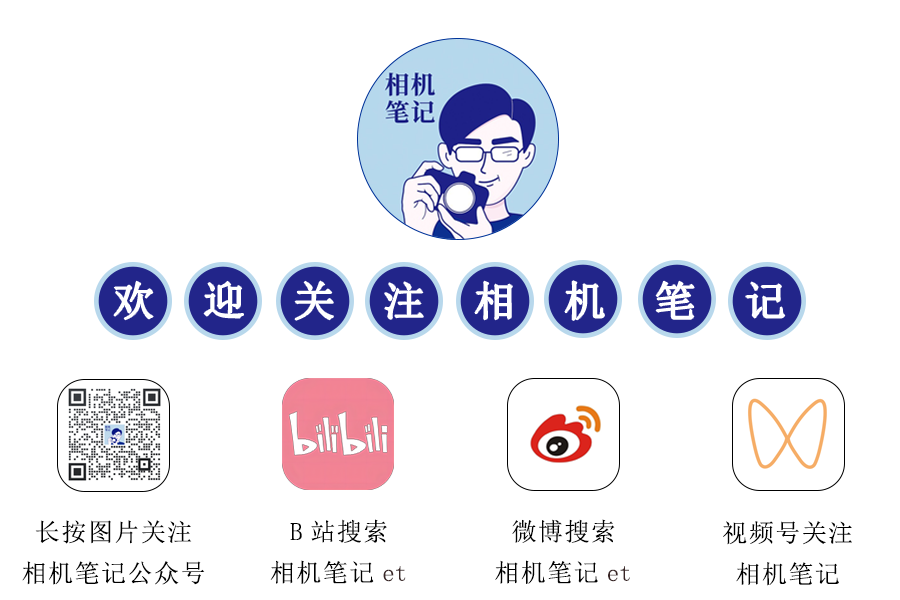[For camera information, check Camera Notes]
In yesterday’s article, we didn’t mention “sensor size”, and I didn’t expect that there would be so many misconceptions…
How Big is 1 Inch Actually?
Due to some historical issues*, whether in cameras or smartphones, the “1 inch” in the diagonal length of the sensor is not 25.4mm.
* This involves vacuum tubes, which I won’t elaborate on here; it’s somewhat similar to how the width of railway tracks was determined.
To avoid misunderstandings, a more precise way to write it is “Type 1.0” or “1.0型”. Moreover, when the sensor size is smaller than 1/2型, 1型 = 18mm; and when the sensor size is greater than or equal to 1/2型, 1型 = 16mm. Therefore, the diagonal length of a 1/2型 sensor is 8mm, and that of a 1/2.51型 sensor is 7.17mm, with the latter being about 20% smaller than the former (not nearly 40% as it might appear).
* The actual length of the sensor diagonal has nothing to do with “half circumference”!!!
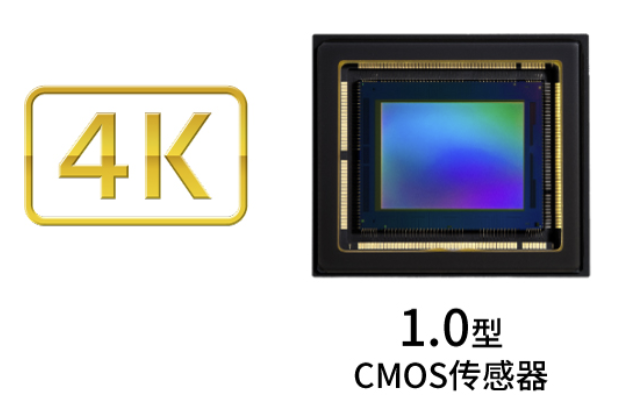
What is Medium Format?
Full-frame is smaller than medium format; this is obvious. The 44×33 medium format is about 68% larger than the 36×24 full-frame.
How Big is Super35?
Super35 covers a wide range of sizes. For cameras, this size is basically equivalent to a 16:9 crop of the APS-C format, which is smaller than APS-C; for film cameras, many Super35 formats have a width far greater than the 23.5mm of APS-C.
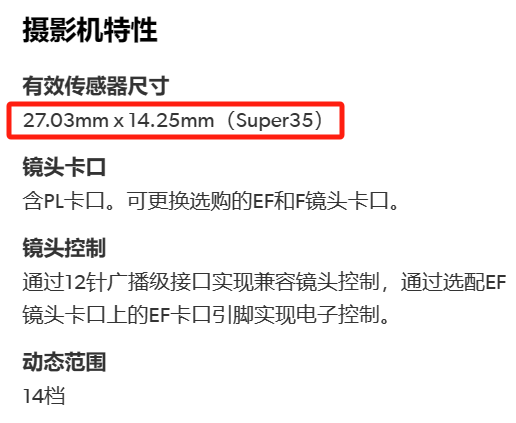
What Exactly is M4/3?
M4/3 is neither a sensor size nor a sensor ratio. It is the earliest mirrorless system and a type of camera mount. Therefore, there is no such thing as “M4/3 format” — to describe the sensor size of most M4/3 cameras, it should be written as 4/3型 (inches) or 1.33型 (inches).
A direct example: the JVC GY-LS300 film camera has a 16:9 size Super35 sensor mounted in the M4/3 mount. (The sensor size of Panasonic GH1/GH2/GH5S also exceeds 4/3 inches).
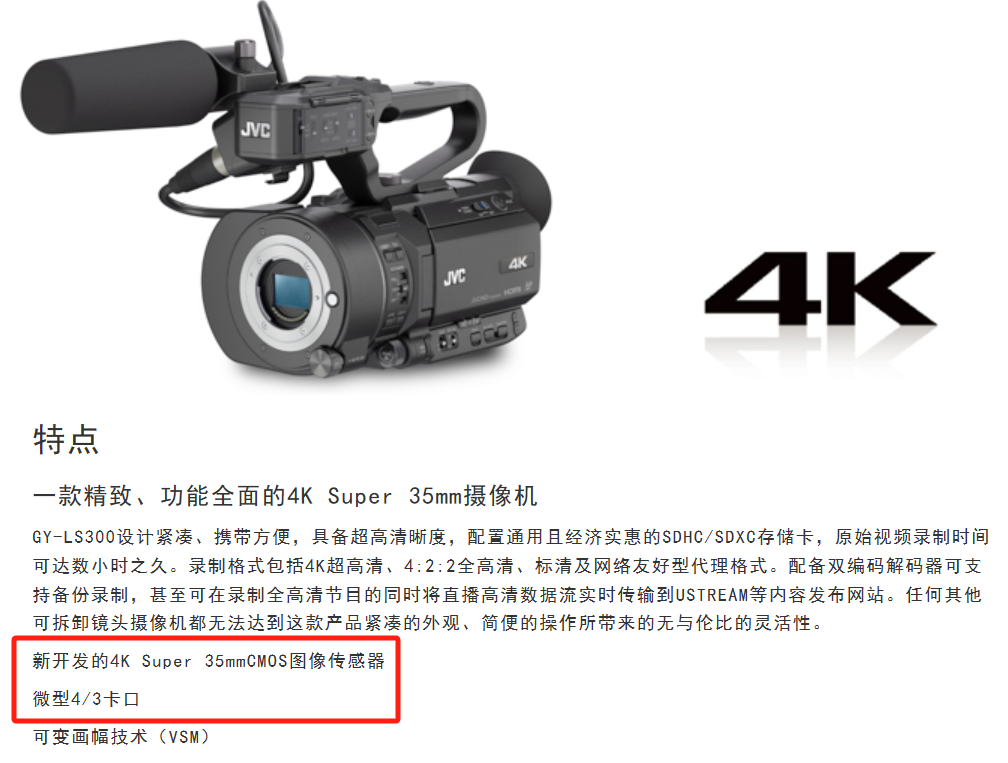
Is the “1 inch” on Phones the Same as Cameras?
I don’t know why some people think phones are “taking shortcuts”; in fact, the “1 inch” on phones from Xiaomi, Vivo, OPPO, and Huawei is actually larger than the “1 inch” on Sony, Nikon, and Canon cameras (about 10%).
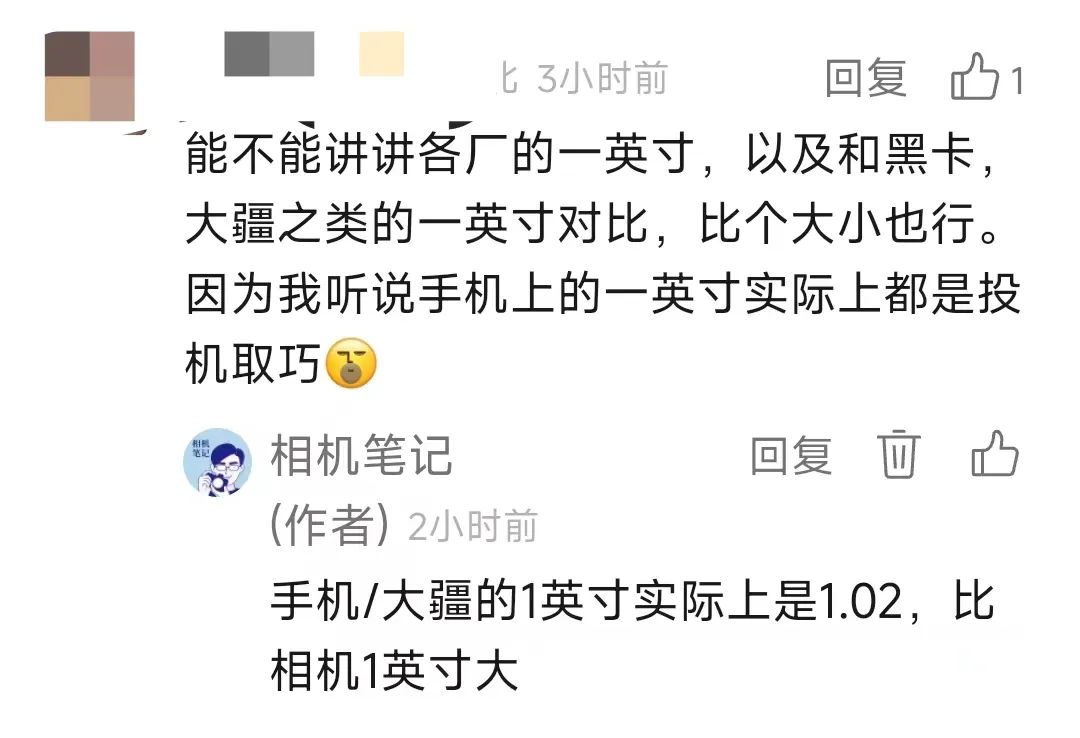
On one hand, the sensors in current phones like the Sony IMX989 and LYT-900 have an actual size of 1.02型 (or 1/0.98型), with a diagonal length of 16.38mm (equivalent coefficient of about 2.64); while the sensor diagonal of a 1 inch camera is 15.86mm (equivalent coefficient of about 2.73). On the other hand, phones use a 4:3 ratio, while cameras use a 3:2 ratio. Even with the same diagonal length, the phone sensor is slightly larger than the camera sensor.
* Regarding the ratio, it is generally believed that the 3:2 of full-frame and APS-C inherits from the film ratio (44×33 medium format corresponds to 645 film), while the 4:3 of phones and compact cameras inherits from vacuum tubes (the predecessors of CCD/CMOS).

Appendix: Mobile Devices Using “1 Inch” Sensors
1.02型 4:3 approximately 50MP sensor (IMX989/LYT-900):
– Xiaomi 12S Ultra, 13 Pro, 13 Ultra, 14 Ultra
– Vivo X90 Pro, X90 Pro+, X100 Pro (and the upcoming X100S Pro, X100 Ultra)
– OPPO Find X6 Pro, Find X7 Ultra
– Huawei Pura 70 Ultra
– Sharp AQUOS R7, R8 Pro, Leitz Phone 2 (using about 94% of the full sensor)
– DJI Pocket 3 (using about 94% of the full sensor)
1.0型 3:2 approximately 20MP sensor
– Panasonic CM1/CM10
– DJI Air 2S
– Sharp AQUOS R6, Leitz Phone 1
– Sony Xperia Pro-I (using about 60% of the full sensor)
– Insta360 ONE R Leica Edition (using about 94% of the full sensor)
~ Thank you for reading to the end ~
If you liked this article, remember to like and share.
▶▶ More exciting content awaits you.
In addition to the public account “Camera Notes” (xjbiji) you are currently viewing, we also have a public account “Fun Bird Photography” (qpbird) dedicated to sharing beautiful bird photos and equipment, and “Yitu Technology” (etukeji) for sharing experiences on computers and various digital products.
You can also follow us on Weibo @Camera Notes et, Bilibili @Camera Notes et, and Today’s Headlines @Yitu Technology.
